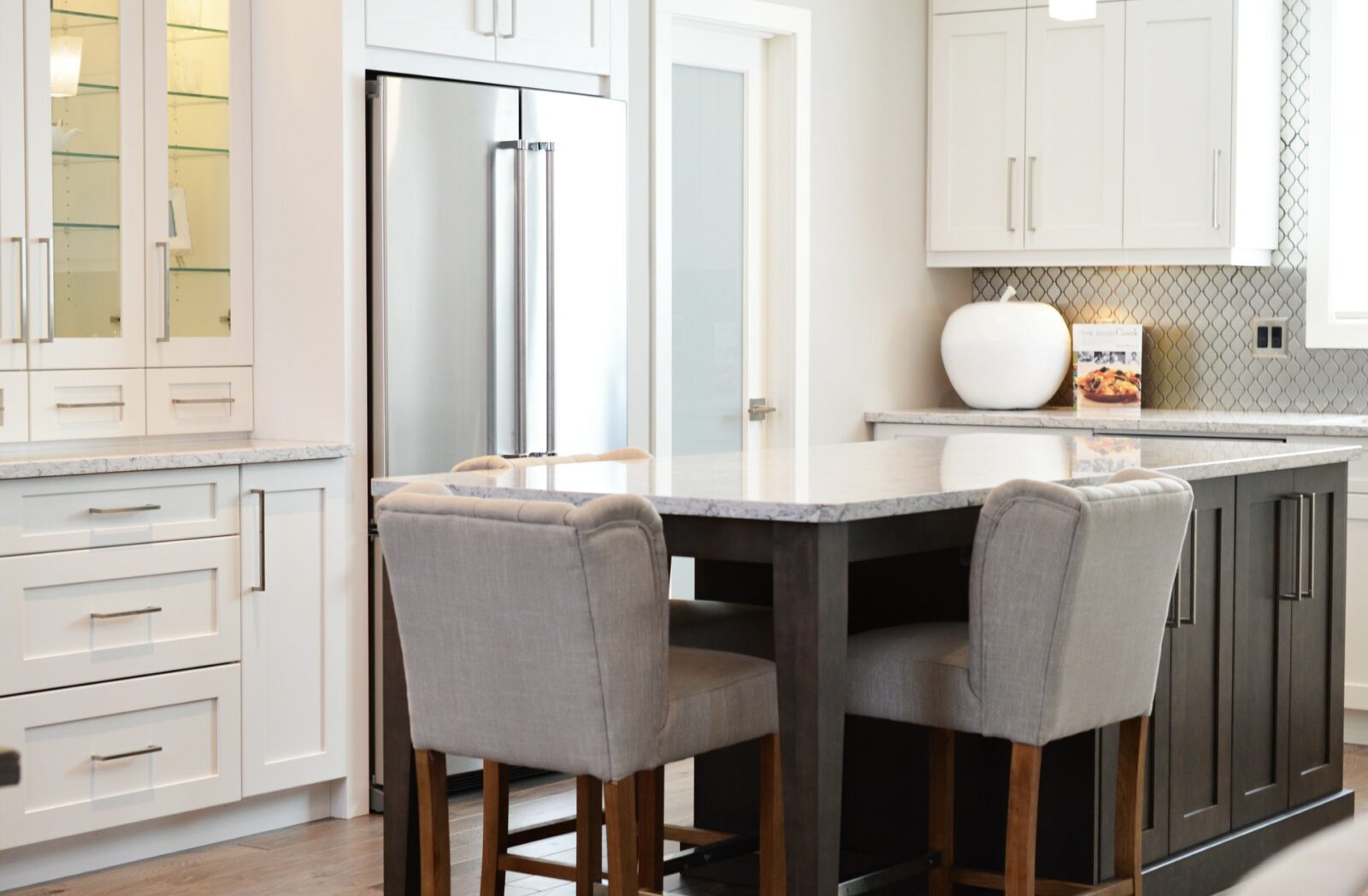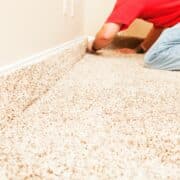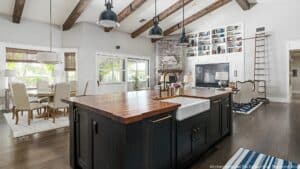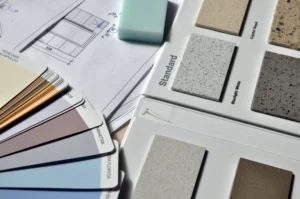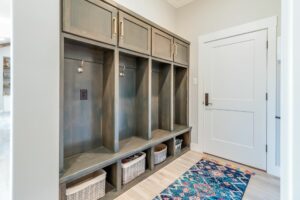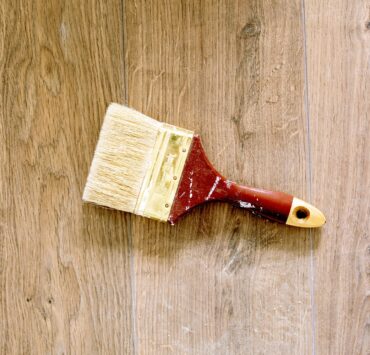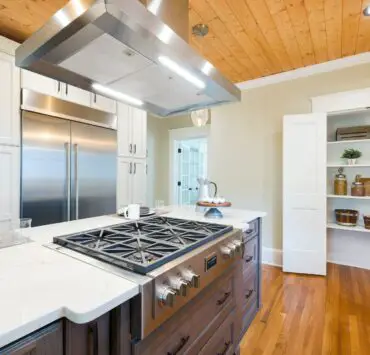While cleaning or reaching out for crockeries, you might suddenly come across cracks in your cabinet doors. But guess what! These cracks are perfectly normal, especially in painted cabinet doors. On the other hand, cracks are less noticeable in a cabinet with a wood finish.
However, don’t confuse these cracks with chips or paint peeling off kitchen cabinets. Cracks on cabinet doors are usually as thin as a strand of hair and show up in the joints, where the pieces of wood are connected. The industrial term for such cracks is ‘witness lines’. The interesting part is that they are not considered as defects, nor do they impact the integrity of your cabinet drawers or doors.
This leaves us with one more question, perhaps the most important one – what causes these cracked cabinet doors to form? This address is going to address precisely that and recommend tips on how to fix the cracking.
Why Are There Cracks in Your Painted Cabinets?
The answer is pretty simple! The reason behind the cracks you see in cabinet joints or doors is due to fluctuating humidity. The kitchen and bathroom are two spaces with high levels of humidity. Cabinets are usually crafted from wood which tends to expand under high temperatures and contract during winters when the temperature is low. The witness lines in cabinets are a result of this expansion and contraction.
When you layer your cabinet surface with multiple coats of primer and paint, they can develop cracks at the joints and door panels. You may come across cracks on the edges of a cabinet or at the corners where the cabinets are linked. They are also present in the drawer front or the rails (horizontal pieces) and stiles (vertical pieces) of the cabinet door.
Is it Possible to Hide These Cracks?
While witness lines aren’t something you need to worry about, they might ruin the look of your cabinets. If you’re too particular about aesthetics, you might want to have them sealed. Here are a few time-tested tricks to hide cracks in painted cabinets.
- You obviously can’t control natural humidity but regulate it inside your home by employing a humidifier during winters and doing the opposite in the summer.
- Another solution is to caulk the cracks and reapply the paint along with a top coat.
- The easiest approach to this issue is to wait for the cracks to close back up on their own with the onset of spring/summer. This is free of cost, all you need is patience!
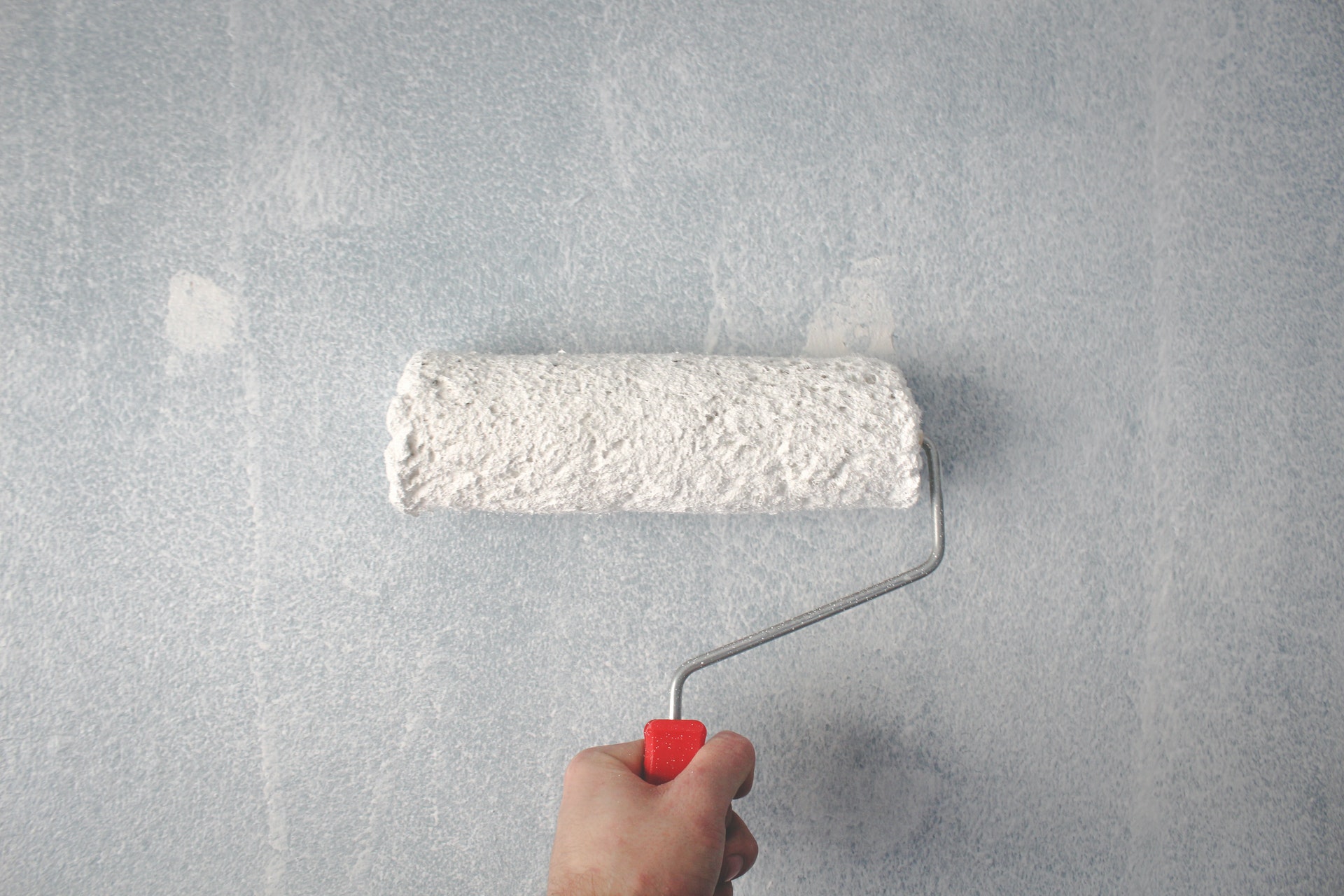
Tips for Overall Maintenance of Cabinets
If you can’t tolerate witness lines, you may hire a painter for a minor touch-up to hide the cracks. However, you don’t have to rely on a painter always. Cabinet manufacturers usually provide a touch-up kit at the time of installation. If your cabinets were painted in a custom color, it is suggested that you keep some of the paint for future usage. In case you don’t have leftover paint, you can always get in touch with the manufacturer or installer to get an idea of the exact composition of your paint shade. They’ll be able to help you find the custom match. Once you’ve figured out that, you’re only left with mixing the colors and applying the paint in the areas that show cracks.
Closing Thoughts
We hope the tips and tricks that we shared above will help you seal cracks and keep your cabinets looking great. Unfortunately, there is no foolproof solution to get rid of witness lines. They’ll naturally occur from time to time due to changing humidity and you’ll have to resort to temporary solutions. Before purchasing cabinets, you can also discuss with the provider regarding such issues and if there are cabinet options that are relatively sturdy and durable.
